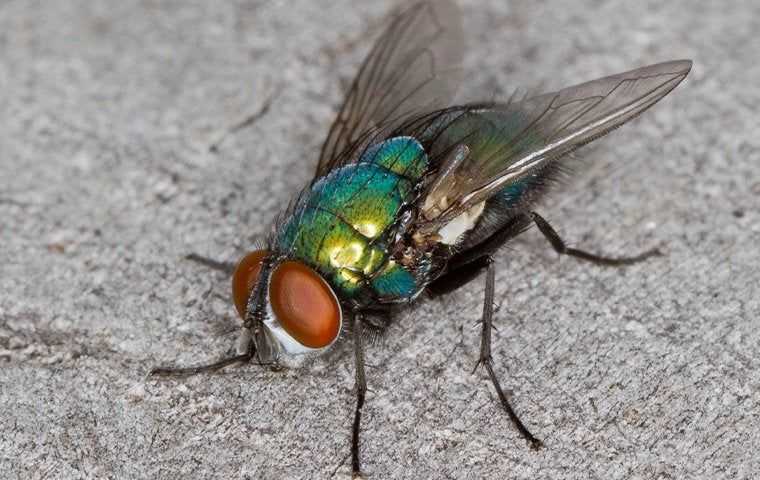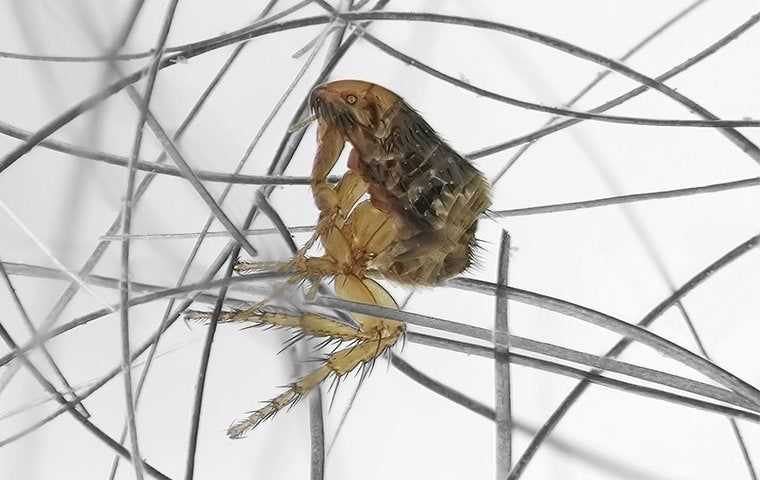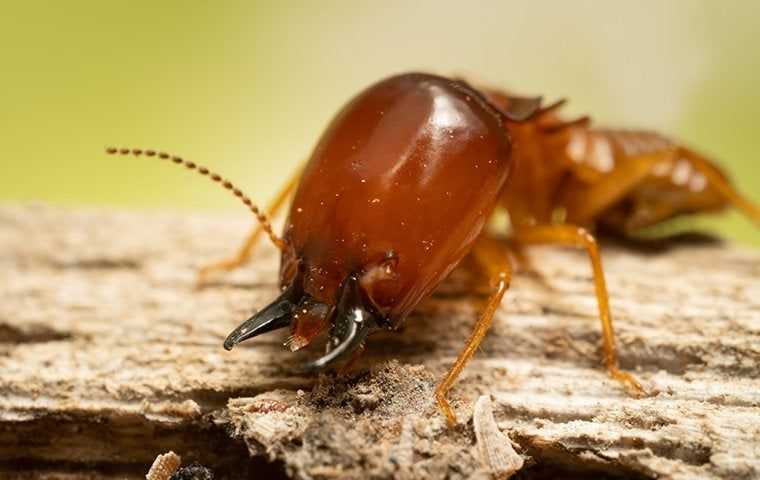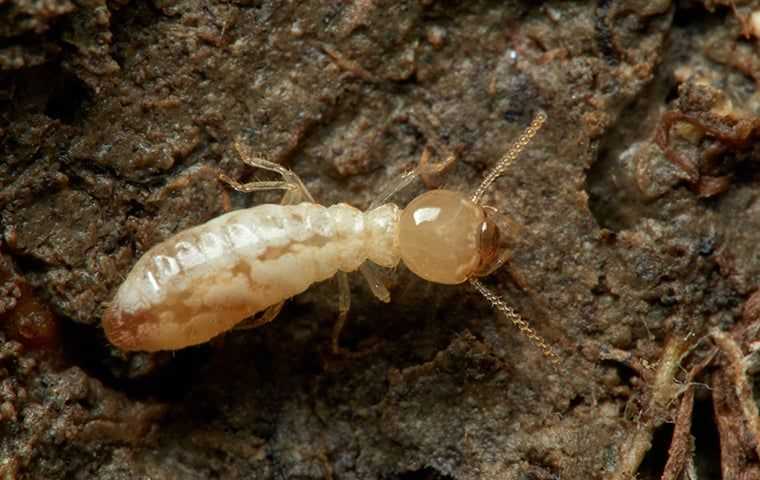What do blow flies look like?
Latin name: Family Calliphoridae
Color: Adult blow flies are often metallic, while larvae are pale in color.
Characteristics: Adults have sponge-like mouth parts, with feathery hairs on the terminal antennal segments of the males. Larvae have hook-like mouth parts.
Larvae: Blow fly larvae are also known as maggots. Measuring 9 to 22 mm in length, maggots are equipped with hook-like mouthparts and spiracles for breathing. They are soft and appear similar to worms or grains of rice. Each body segment of the blow fly maggot has a median row of fleshy tubercles that resemble hair.

How did I get blow flies?
These pests get into homes through open doors, windows, or small cracks in walls in search of food. Once inside, blow flies find a meal and begin to deposit eggs on its surface.
How serious are blow flies?
Disease Transmission
These flies transfer infections to humans through contaminating food and food preparation surfaces. Also it is possible to transfer disease organism when a blow fly comes into contact with an open wound or lesion on people, livestock or pets. When the insects feed, pathogens attach to their bodies. These pests can spread dysentery, eye infections, and other illnesses.
Related Problems
A blow fly infestation often indicates a more serious issue. These pests gather in large numbers around carrion. An indoor swarm is a sign of an animal carcass trapped in an attic or wall void.
What are the signs of a blow fly infestation?
Adults can be spotted resting on surfaces or checking out potential food or odor sources. Spotting larvae often happens when they move out of breeding sources to pupate.
How do I get rid of blow flies?
Your local All State Pest Control technician is trained to help manage blow flies and similar pests. Since every building or home is different, your All State Pest Control technician will design a unique program for your situation.
All State Pest Control can provide the right home pest control solution to keep blow flies in their place…out of your home, or business.
What do blow flies eat?
Blow flies are attracted to decaying meat and are typically the first organisms to come into contact with dead animals. The meat of dead animals is essential for larval survival and growth. They are also attracted to plants that give off the smell of rotting meat and as such, can be a pollinator for those plants.
Where do blow flies live?
Blow fly maggots are generally seen near dead animals. Different species of blow flies are active at different times: the Calliphora vomitoria are most commonly found on carrion during cooler months, while the Phaenicia sericata are more active in hot seasons. Other species thrive more in the shade, while some require hot temperatures to complete the maggot developmental stage.
What is the reproduction and life cycle of blow flies?
Larvae or Maggots
Female blow flies typically lay their eggs on decaying meat, where maggots hatch within a few hours to a few days depending on species. These maggots undergo three stages within several days, after which they leave their food source and pupate in soil. Within a few days, the pupation will be complete, at which point they emerge as adults.
Blow fly eggs are laid in rotting meat, where maggots feed and complete their development before seeking a dry location within which to pupate. After maturing, larvae create outer skins, known as puparia, that look like rat droppings or cockroach egg cases. Pupae develop within the puparium, maturing into adults.
Recent Blog Articles

Are you experiencing a flea infestation? Today, local pest control companies have safe and effective treatment options for these potentially-dangerous pest...
Read More
Learn more about the damage termites can do in your Manhattan home, what attracts them, prevention tips, and how to eliminate them with Allstate Pest Contr...
Read More
Are termites actively eroding a wooden structure on your property? Promptly contact a local pest control professional before further damage occurs.
Read More




